
For women in Afghanistan the long road to equality has been a slow and arduous one, encompassing both rampant injustice and hard-won success. Here photojournalist Lynzy Billing hears the personal stories of six women, each forging their own distinct career, to gain further insight into the highs and lows on their journey to progress.
This article was originally published in 2019 and is now outdated in terms of the liberties of women living in Afghanistan.
Protecting, empowering and - ultimately - saving Afghan women has, from the very beginning, been one of the ostensible goals of America’s 18 year war in Afghanistan.
The subject of Afghan women’s social and economic progress remains a topic du jour for many in the international community. However, women’s empowerment programmes on the ground in Afghanistan have had mixed results at best, with missed targets and often radically inflated figures that paint an unrealistically rosy picture of women in positions of power in the home, workplace and society.
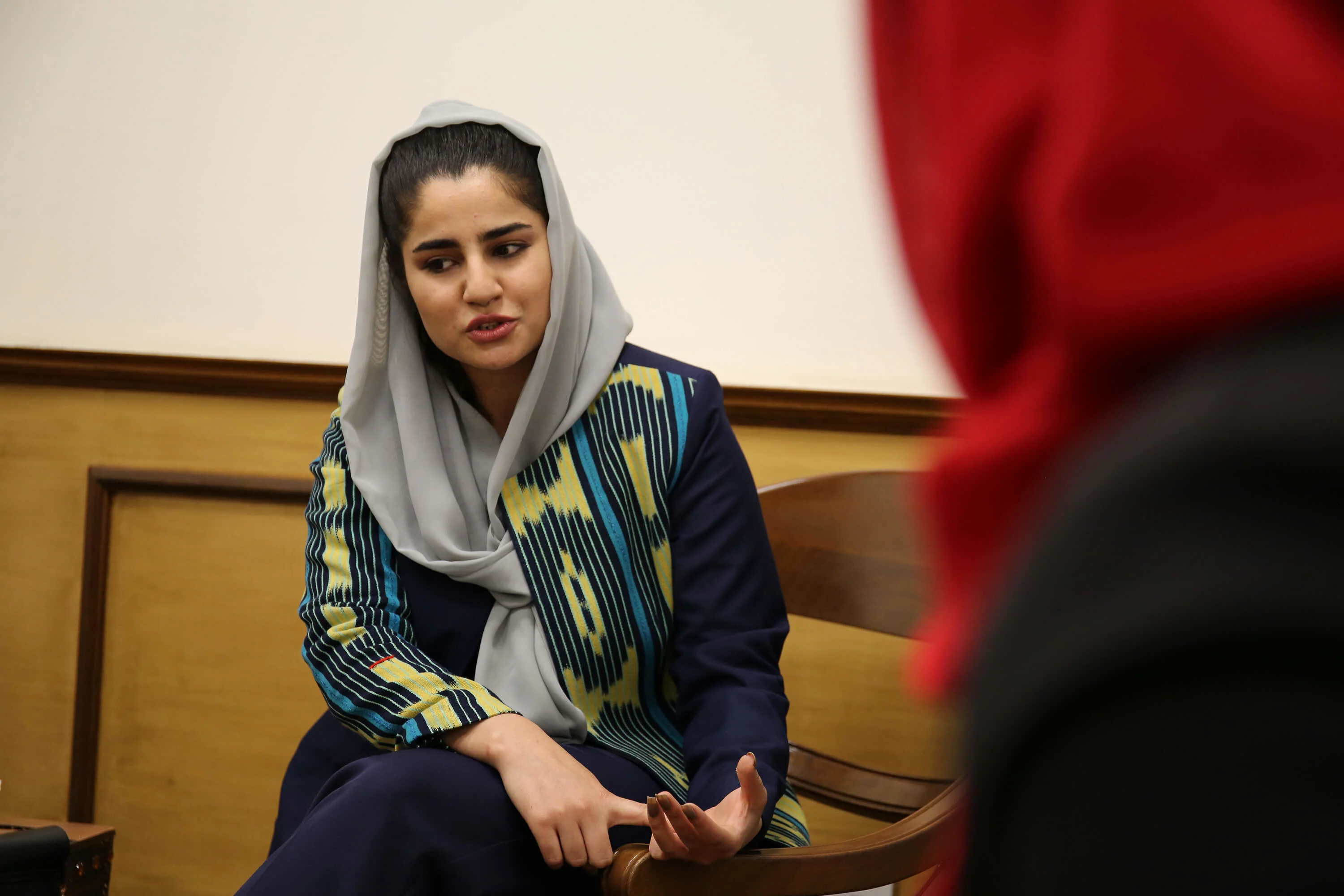
In May of this year I travelled to Kabul to meet with a diverse group of Afghan women – from entrepreneurs to artists, athletes to politicians – to hear about their personal experiences of women’s progress in Afghanistan, a reality they all felt was left out of international headlines.
This group of women relayed their frustrations with the increasingly out of touch news narrative regarding Afghan women’s rights. They feel that their own voices are becoming lost in the increasingly chaotic din of international rhetoric. As a result of this predominantly Western-driven narrative, these women often feel they are held to ambitious and often unrealistic goals in regard to their development within Afghan society in the eyes of the international community.
The common narrative seems to position women at one of two extremes. “They display Afghan women as still wearing the burqa or at the other end of the spectrum being completely free,” says Zahra Sadat Jafari, an engineer working in the capital.
Progress for gender equality in Afghanistan is clearly shown through each of these women’s unique and profound successes, but these victories have not come easily, or without significant risk. Afghan women continue to face a plethora of challenges including long-standing cultural restrictions, deeply entrenched patriarchal attitudes, and rampant insecurity. As a result of these ongoing challenges, the small number of Afghan working women still find themselves overwhelmingly at odds with the country’s overarching cultural perceptions and notions of a woman’s place in society.
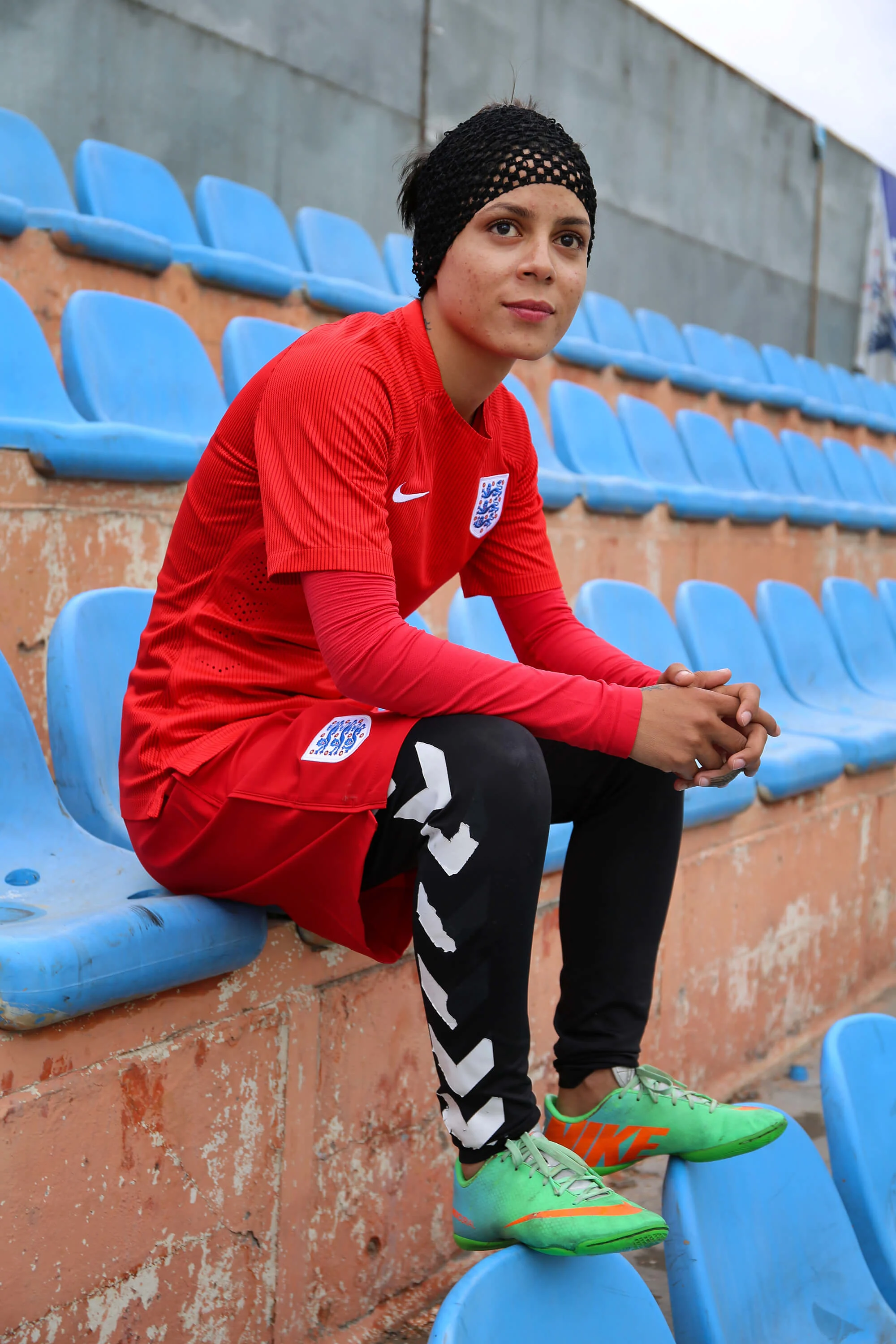
For these women, progress is a long and lonely road. There remains a glaring lack of government support for women’s issues, as well as an unwillingness to engage in large scale public discourse. The women I met all agree on the necessity of social change beginning at the level of the individual: mothers, fathers, brothers, sons. If changes in attitude towards women can be made at this level, these changes can then percolate into the wider public consciousness.
These working, educated, urban women represent only a small sliver of Afghan women as a whole – and their hard-won successes do not extend to their counterparts in the country’s rural provinces, where hardline conservatism remains the norm.
Ironically, many of the women I spoke to have found their success in traditionally male- dominated fields, and they are determined to triumph in these sectors.
At a time where Afghanistan’s future is far from certain, these women continue to defy the odds, forging ahead in the most difficult of circumstances so that future generations of Afghan women can follow. They hope that their steps can lead towards increased independence, freedom, safety and happiness.
The message is clear: Afghan women are willing to fight for their future – one they aim to hold in their own hands.
Fakhria Momtaz
Momtaz Yoga founder and instructor
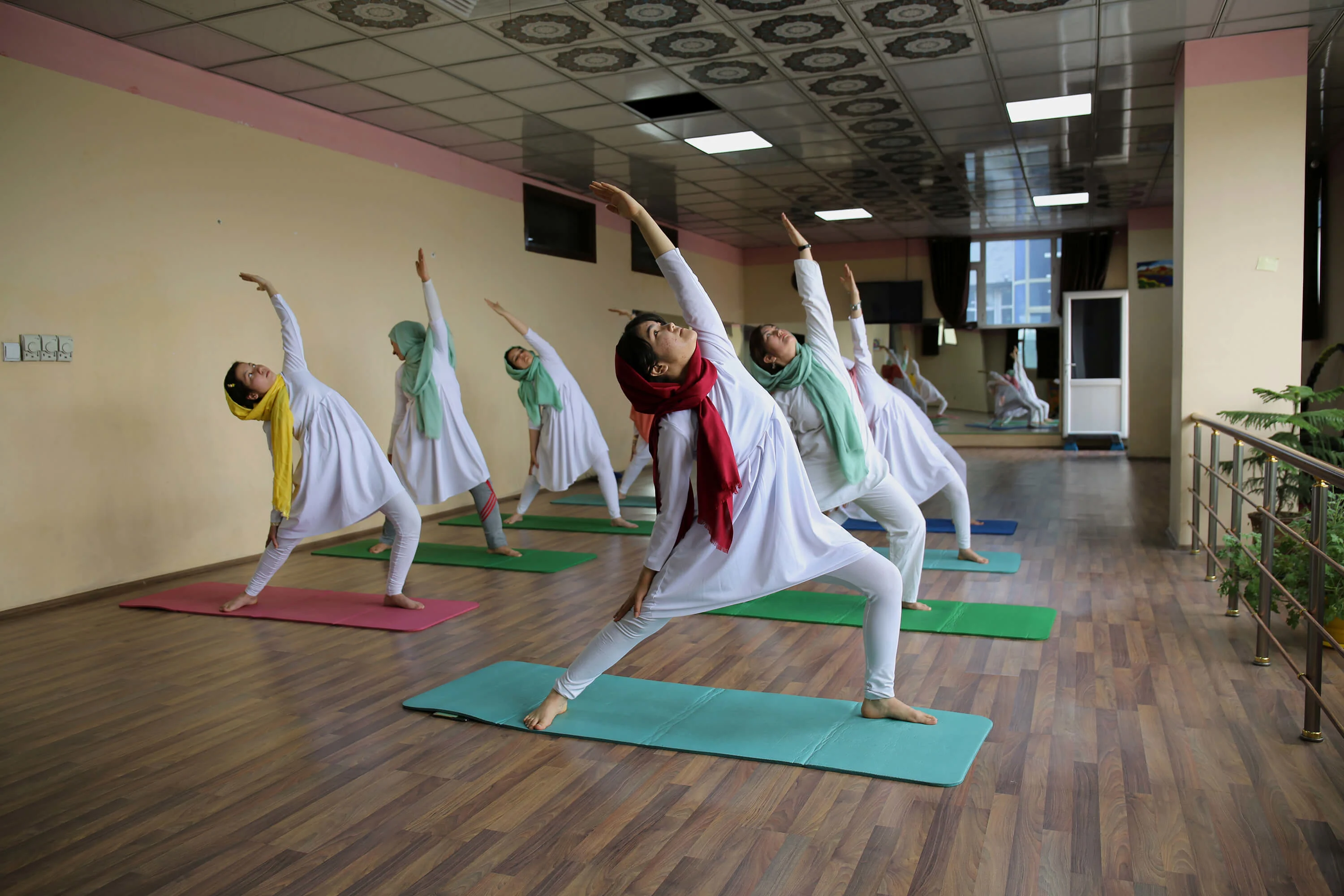
Momtaz Yoga Center opened two years ago in Kabul. It is the first and only yoga studio in Afghanistan, run by 42-year-old yoga instructor and businesswoman Fakhria Momtaz.
“There wasn’t anywhere in Afghanistan for women to exercise where they felt comfortable and safe,” says Fakhria. “I wanted to create a space where women could relax. Afghan women need to feel like they are respected in their community and contributing to their country.”
Fakhria has been practicing yoga since she was a child. When the Taliban came to power in 1996 she fled Kabul with her family and moved to Peshawar in Pakistan, but returned in 2010 to set up a web solutions company with her husband. The plaque on her office door says CEO, but her true passion is yoga. Today 40 women attend weekly classes at Momtaz Yoga Center run by four trainers, one of whom is Fakhria’s daughter.
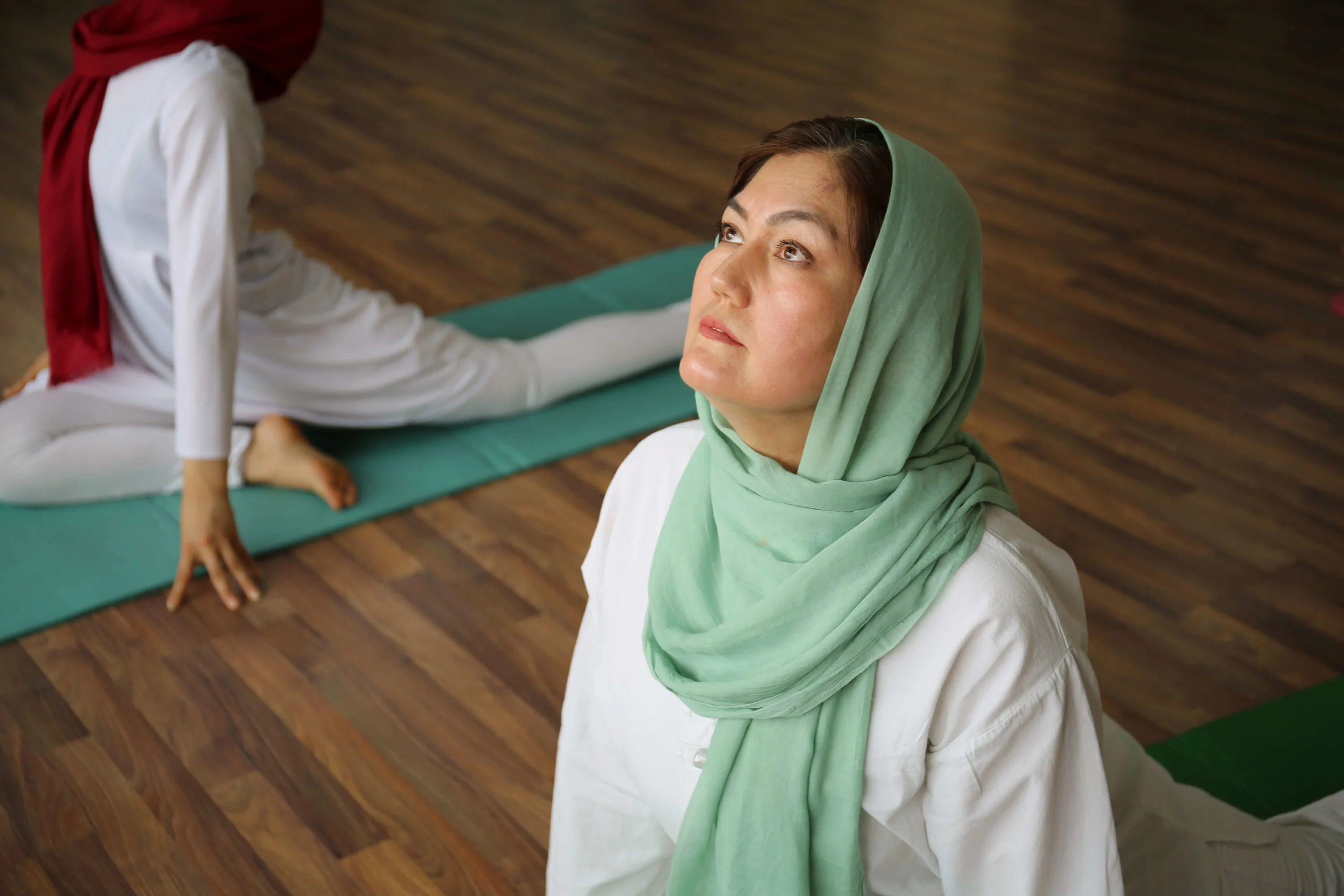
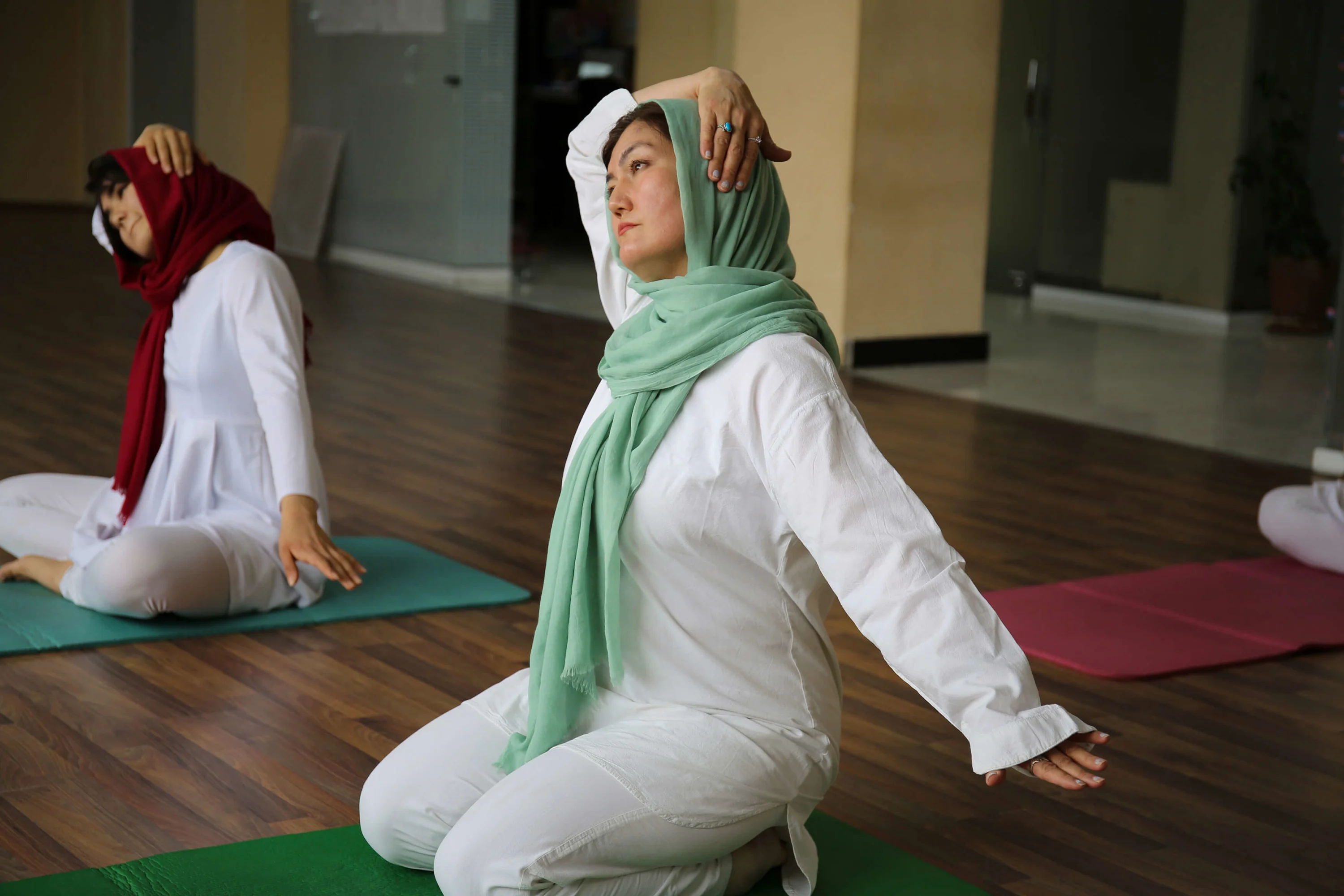
For Fakhria, yoga is not just about exercise and fitness. It’s also about mental health. Afghanistan has been wracked by decades of war, leaving multiple generations to suffer from a wide spectrum of traumatic mental health problems. Under Taliban rule, women were prohibited from playing sport and the stigma remains. “Yoga offers a mental strength to combat such trauma. It is one of the few things where there is a crossover between physical and mental gain,” says Fakhria, who held her first yoga class in a fitness club in 2015 that has since closed.
“When I couldn’t teach the classes at the fitness club anymore, women were asking where and when the next class would be, and so I opened Momtaz Yoga Center specifically to provide yoga practices, yoga therapy, meditation and other wellness services for Afghan women. We have washroom facilities, a changing room and a bathroom. Many fitness clubs don’t have these facilities,” she says.
Fakhira explains how she used to teach yoga classes outside but persistent security threats have since put an end to this. In March 2015, Farkhunda Malikzada, a 27-year-old Muslim woman, was falsely accused of burning the Quran. She was publicly beaten and lynched by an angry mob in central Kabul as hundreds watched and filmed. “After Farkhondeh, every woman was afraid on the street,” says Fakhria. “The incident proved, unfortunately, that the government does not support women in Afghanistan. After her death, nothing happened and there was not a proper investigation. Afghan women are in need of a government that believes in women’s rights,” she says.

But Fakhira’s yoga studio alone is a small sign of progress. A safe place for women to exercise did not exist in Kabul during Fakhria’s mother’s time and she hopes that her efforts will pave the way for her daughter’s generation. “Times are changing and people are too,” she says. “I never want to live like my mother had to.”
Fakhria’s classes already have over 500 registered members and one of her dreams is to have yoga classes in orphanages, schools and universities in the future. “It is needed in every corner of society,” she says.
She also believes that beyond news cycles covering the war, other realities of daily life must be recognised and shown – both the triumphs and the struggles. “There are challenges but there is progress here also. We need to show another real face of Afghanistan – a positive one,” she says. “Not all Afghans are fundamentalists. We are normal people who laugh and love and strive to progress. If you give us the space, we will.”
Fatimah Hossaini
Photographer
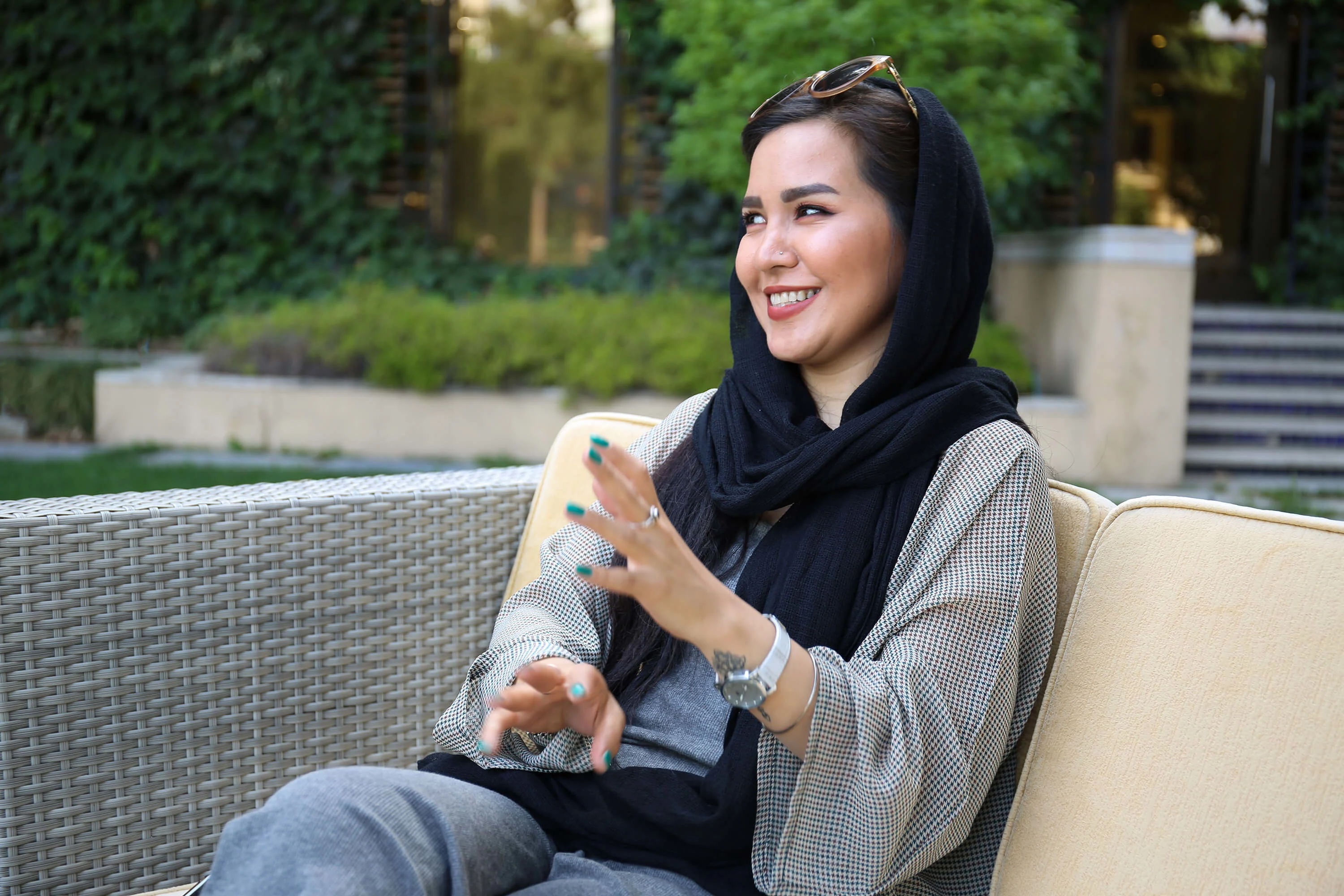
Twenty six-year-old Fatimah Hossaini was born in Iran, but moved to Kabul six years ago to work as a photographer. She studied industrial engineering at university but says she’s an artist at heart.
“My parents did not understand why I wanted to pursue photography,” she says. “It involved working in a male dominated community where I was the only girl. This caused problems for my family so I invited my parents to my exhibitions. I told them about the process of working as a photographer, introduced them to my friends and told them about my rules to stay safe,” she continues. “I wanted them to see that this is not the same Kabul that they grew up in. This is a new generation where things are different and now we can choose our lifestyle.”
Fatimah teaches part time at the University of Kabul and sees a change in the mindset of Afghan people. “There is a course in photography now. Five years ago, people didn’t care about it but now I see so many young people interested. They respect art. People finally see it as a serious profession.”
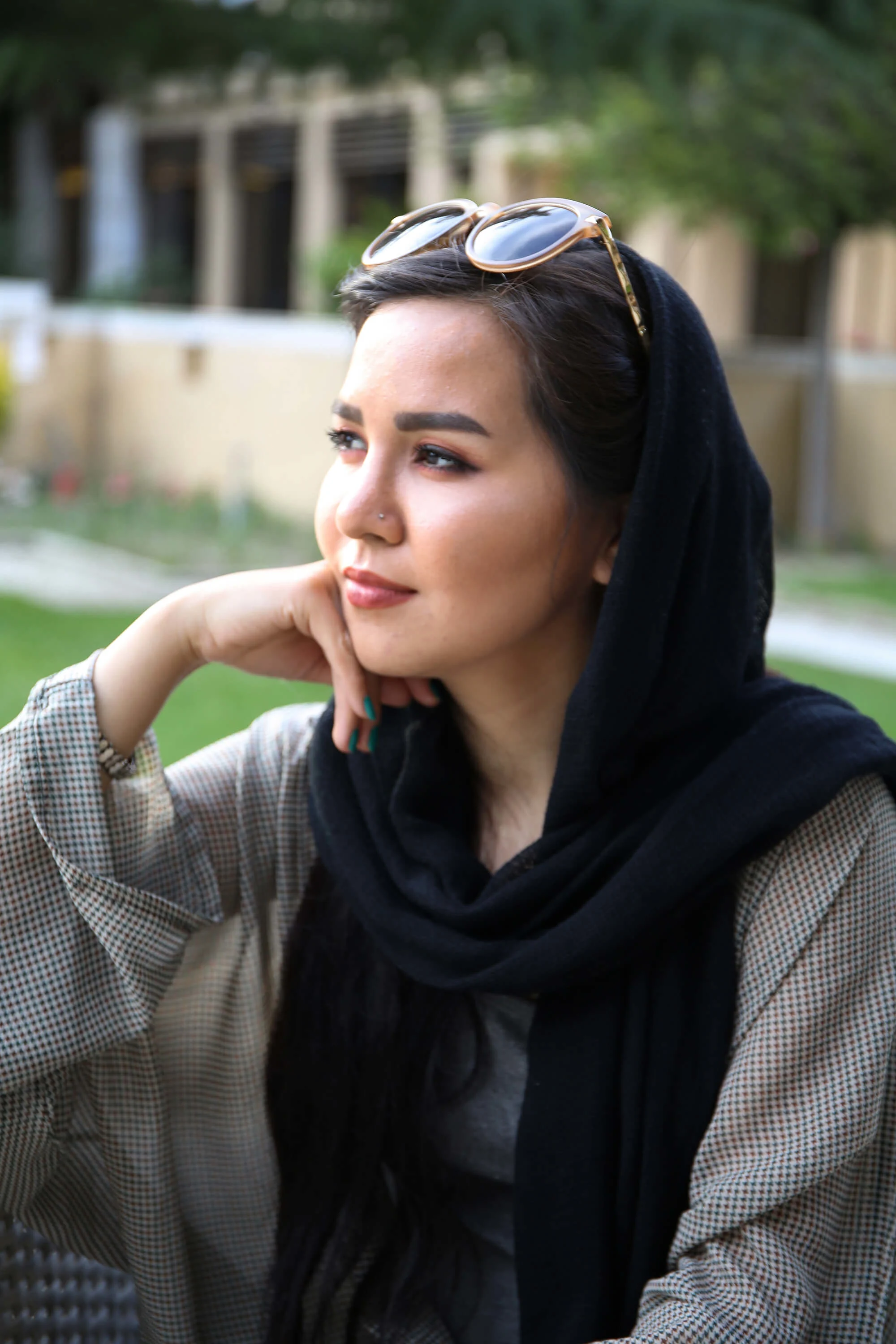
Decades of continued insurgency in Afghanistan saw foreign journalists and photographers flock to the country, eager to capture a conflict now in its eighteenth year. “Photojournalists come here from around the world, but there are also photographers who live here, locals who can document the nuances that a foreigner coming to this country could not,” says Fatimah.
“For example, many Afghan people have problems with female members of their families being photographed, particularly in rural areas, but as an Afghan woman, I can capture women here.”
Small advantages aside, female photographers are still a rare sight, even on the streets of the capital. “Some people are interested when they see me taking photographs but others are shocked and tell me that this is not a place for women,” she says.
During Taliban rule, from 1996-2001, the ban on most forms of art and cultural expression forced photographers to hide or destroy their cameras. Islamic clerics argued (and still do) that reproducing human and animal images was heretical - equivalent to being a Kafir or non-believer.
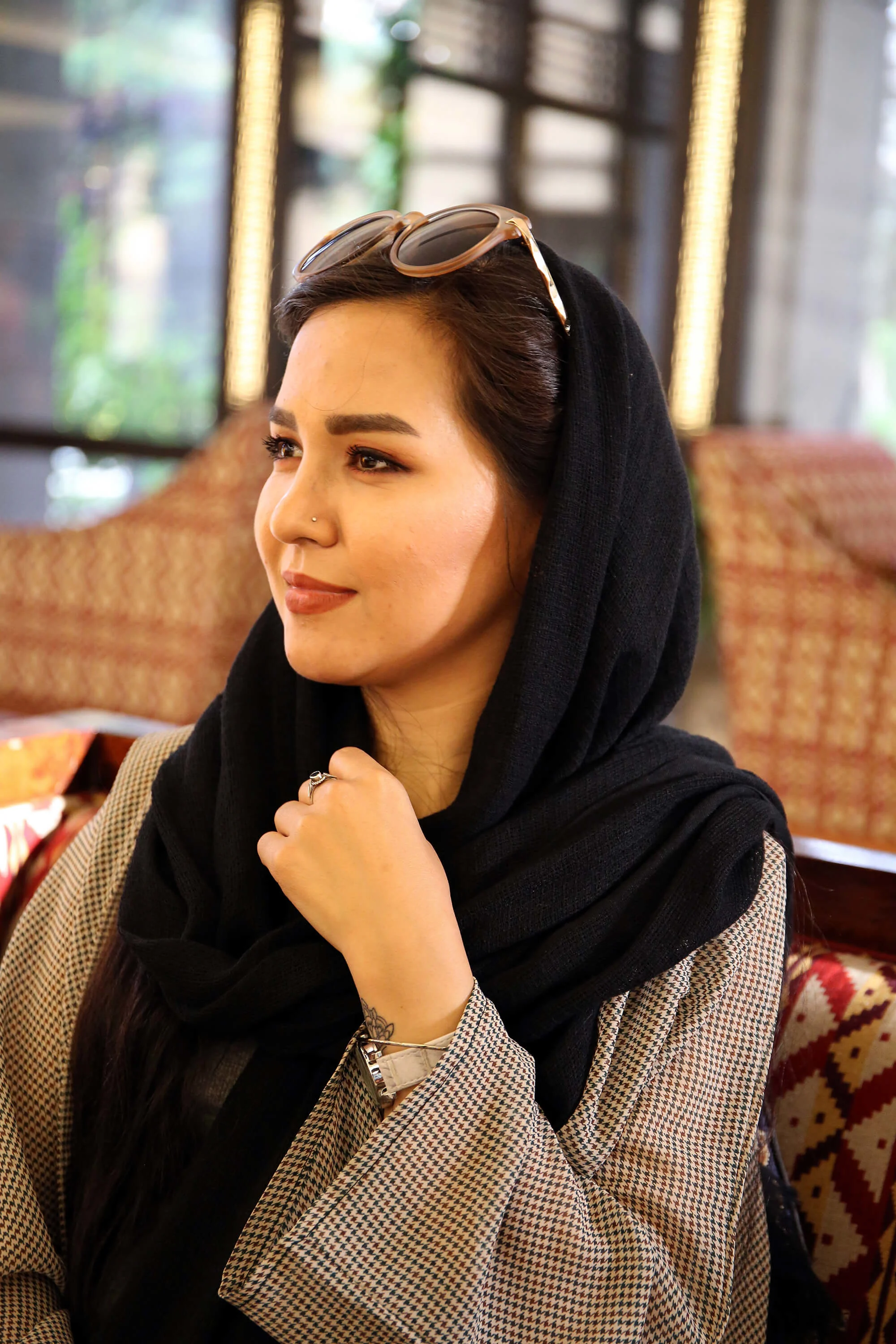
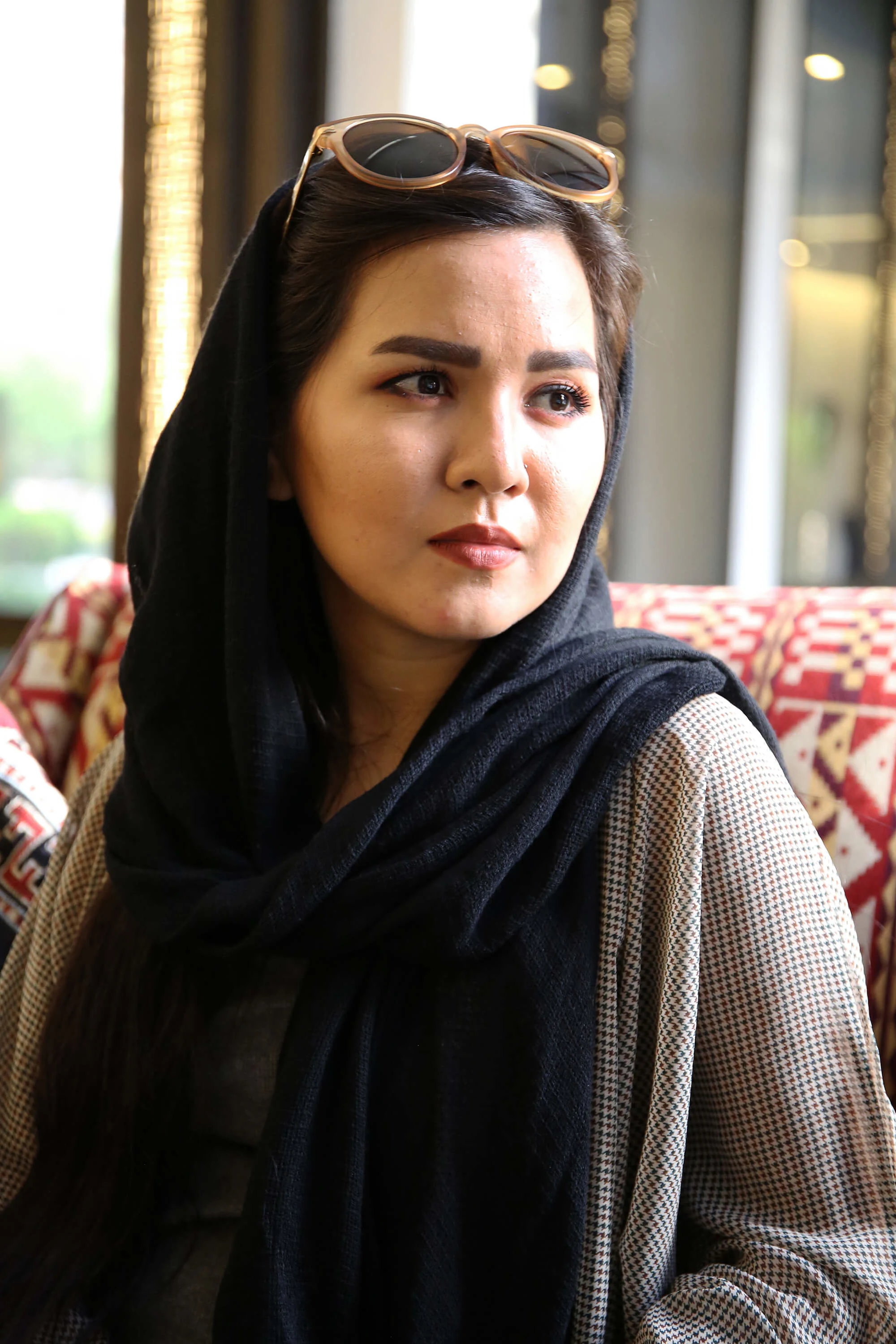
Decades may have passed, but capturing images of Afghan women in public places remains difficult, to say nothing of the additional challenges faced by female creatives themselves. “I met a painter and she wanted to go out on the street and paint women, but she gave up because of security problems,” says Fatimah. “She would be harassed or worse still, hurt.”
Fatimah is now working on a new project documenting Afghan woman in different provinces throughout the country and hopes that the work will attract a local audience and especially resonate with women. “Maybe in five, ten years, Kabul will be a very different place and we will have more support for this kind of work,” she says. “But the reality right now is that the women from Afghanistan are coming together. Artists are banding together and people are becoming more interested in art. I hope we can build a platform or space to show art and photography to people here. Afghans also need to see a different side of their country, not just the foreign audience.”
Nilab Muhammadi
Afghanistan Women’s National Football team captain

Nilab Muhammadi has been playing for the Afghan women’s national football team for four years, after growing up watching football on TV. “I didn’t know what the rules of football were but sometimes on the way to school I would play for five minutes at a time,” says the 20-year-old athlete. She fell in love with the sport and kept practicing. When she heard that the national women’s team was hosting tryouts she auditioned, and was accepted immediately. “A year ago I made captain,” she says.
The Afghan women’s national team was formed in 2007 and they play the majority of their home games at the Ghazi National Olympic Stadium in Kabul. The team, though, is currently in flux. Players have been leaving and training is largely halted. “We used to train seven days a week but we have not trained in five months,” says Nilab.
“We used to travel for matches to neighbouring countries like Tajikistan and we invited other teams here, but since our country is at war right now they usually don’t come.” It’s not only the war that is a deterrent for players. Earlier this year the Afghanistan Football Federation president Keramuudin Karim was banned for life from all football-related activity and fined a million Swiss francs by FIFA after being found guilty of sexually abusing a number of female players.
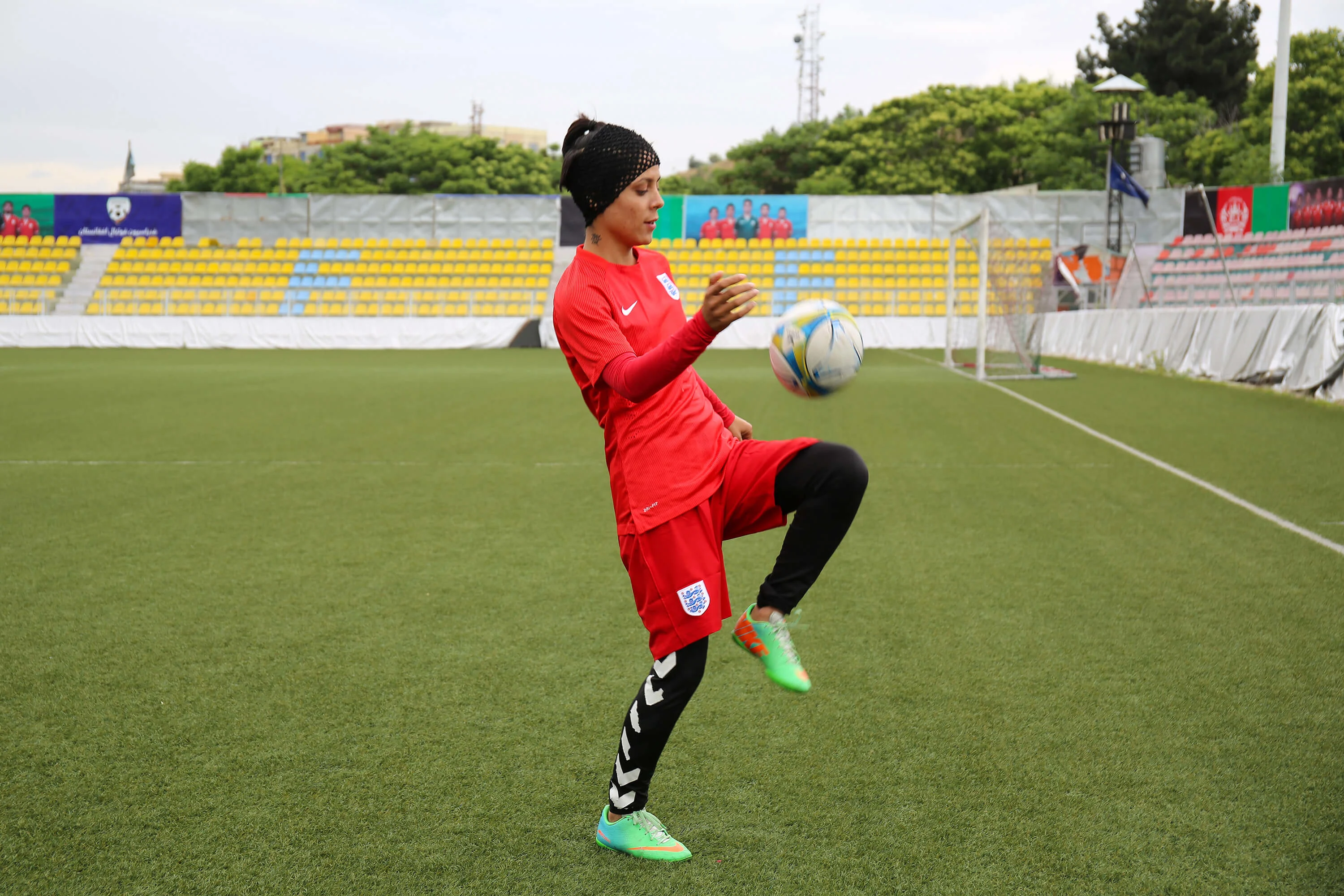
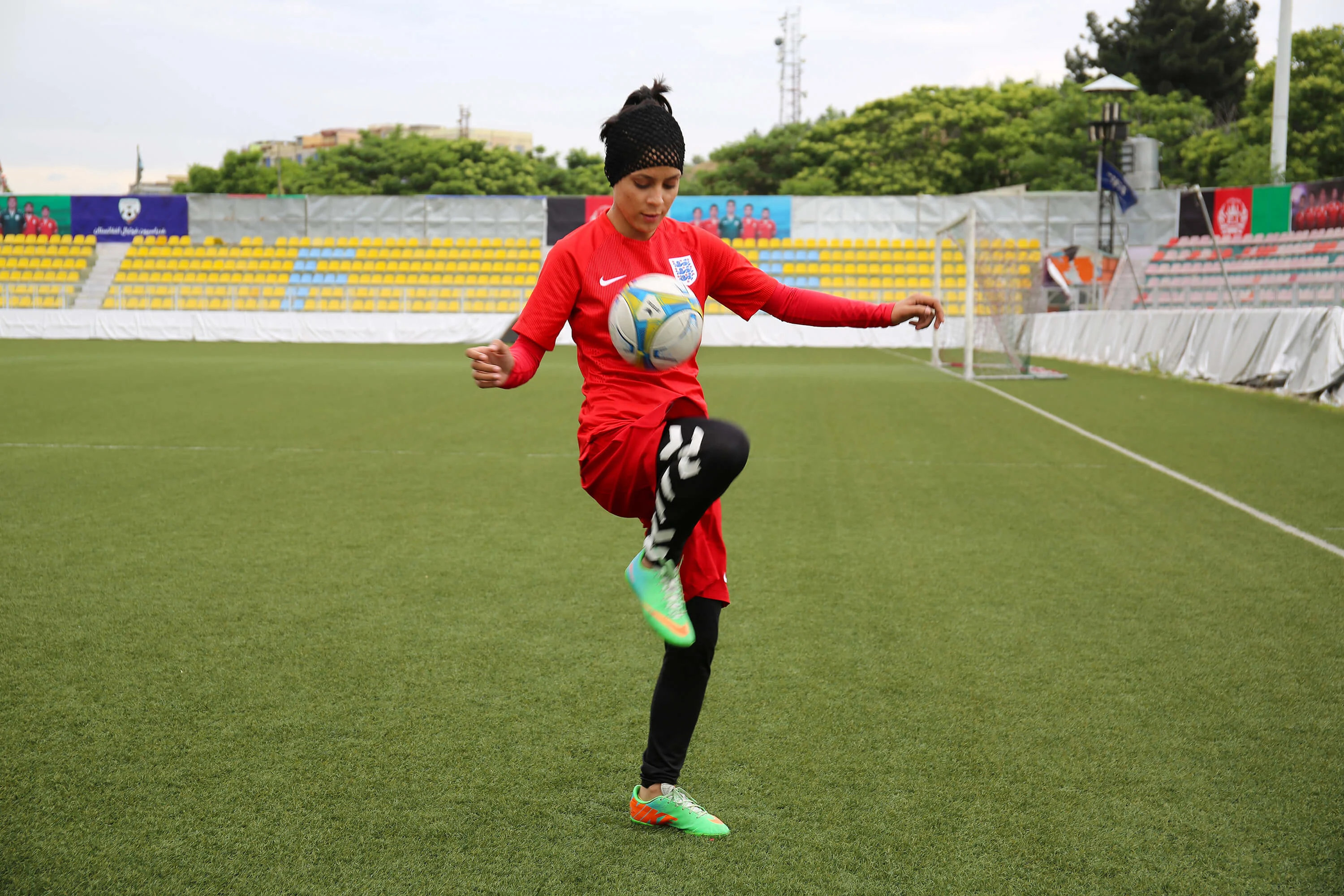
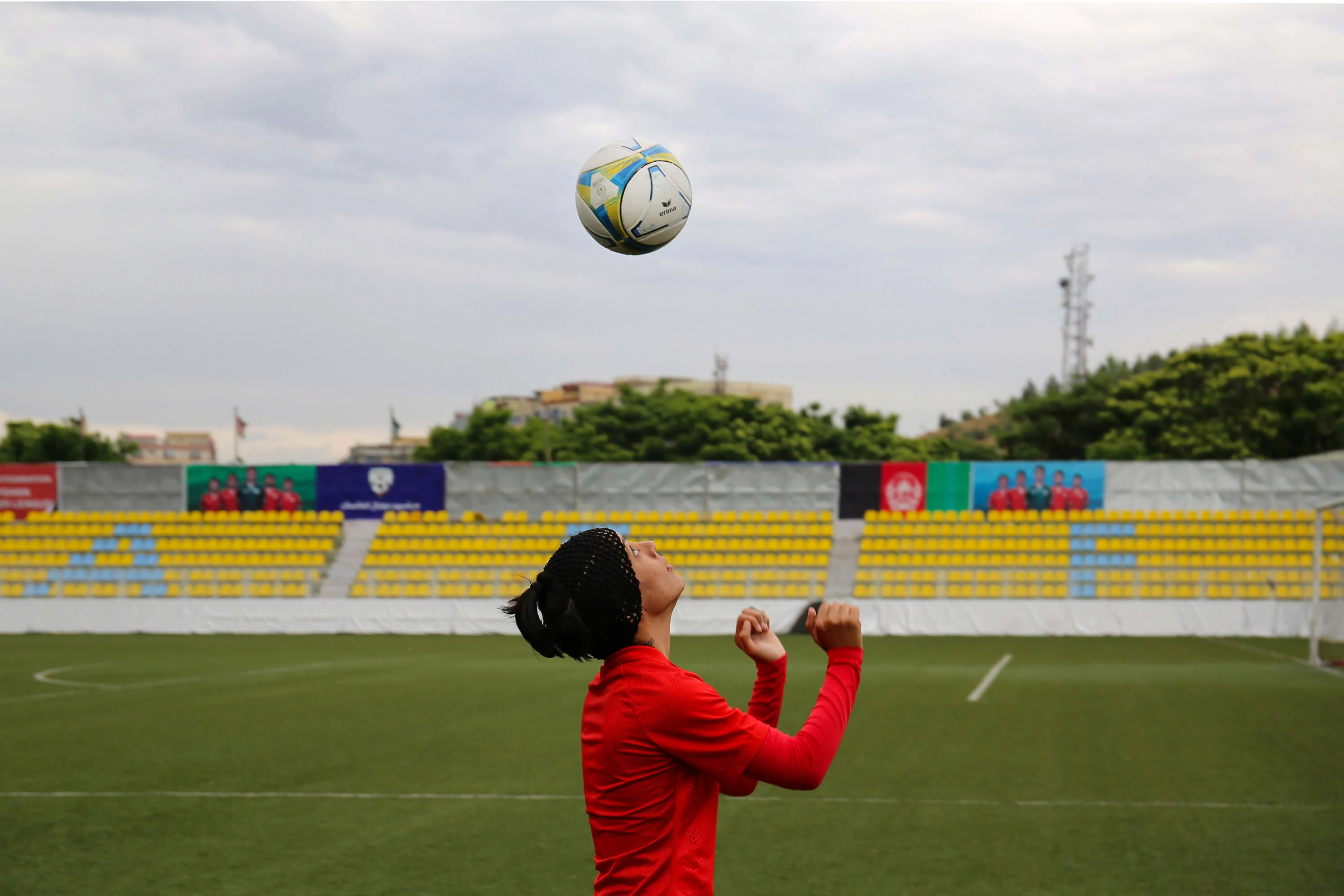
And on top of this abuse scandal, Nilab alleges further corruption.“Fifa says it supports Afghanistan’s women’s team but all the money goes to the men’s team and, if not, then in other people’s pockets.
Women’s football in Afghanistan is also not professional so to make a living Nilab studies at Khair Khana college in the mornings before going to work at the airport. “When I finish my job for the day and say that I need to leave for training or tell my classmates at university that I have games coming up, the first thing they say to me is that I should have work to do, that a girl shouldn’t play football. They make fun of me but I am lucky to have a supportive family who have allowed me to reach where I am today.”
While she may have the support of her family, a lack of funding in women’s sport by the government means that Nilab’s dream of furthering her career is currently an unlikely one. “Other countries have salaries for their players, they offer their team respect and professionalism. They have equipment and training,” she says. “For these women, football is a job. India’s team offered me a professional position but I wanted to play for Afghanistan.”
“In Afghanistan, there is a lot of separation between ethnic groups, such as Pashtun, Tajik and Hazara people,” explains Nilab, “but football is a group sport and it unites people. We all play because we love the game and we are working together as a team no matter where we come from.”
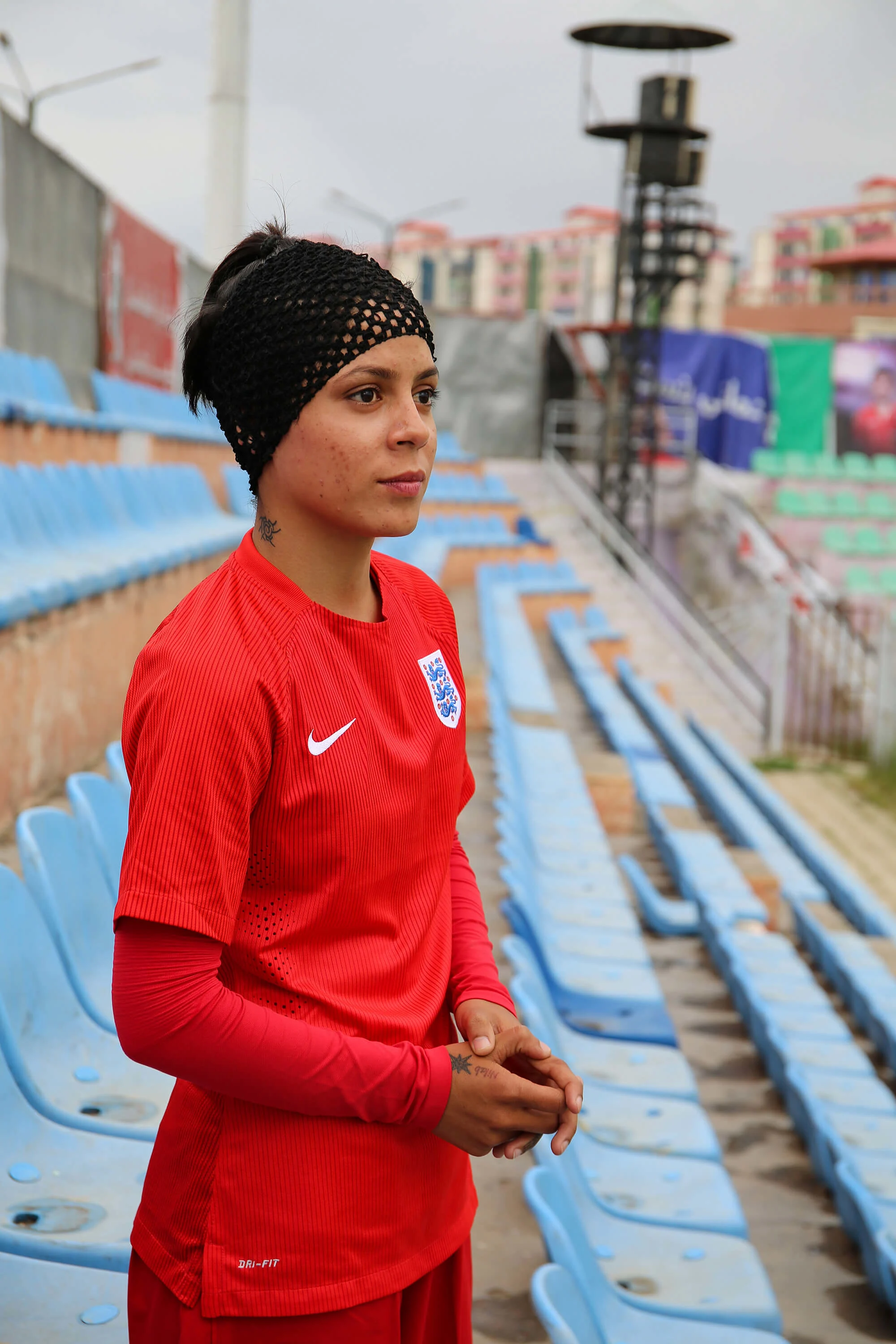
Nilab stresses the importance of changing the mentality around women and sport, and agrees with many that this change needs to start at home. “I think girls need to tell their fathers, brothers, and uncles to allow them to have freedom. They need to talk to them and explain that men are free and they use their freedom in positive ways, so girls can do that too. Everything we do on the football pitch, we can do it Islamically and in the right way - we are wearing hijabs while we are playing football too,” says Nilab.
“As the captain I want the Afghan national team to progress. I want the women of my team to unite. We need to make sure that the corruption is reported and that we are not taken for granted. If we continue to fight, we will eventually win.”
Zahra Sadat Jafari
Engineer
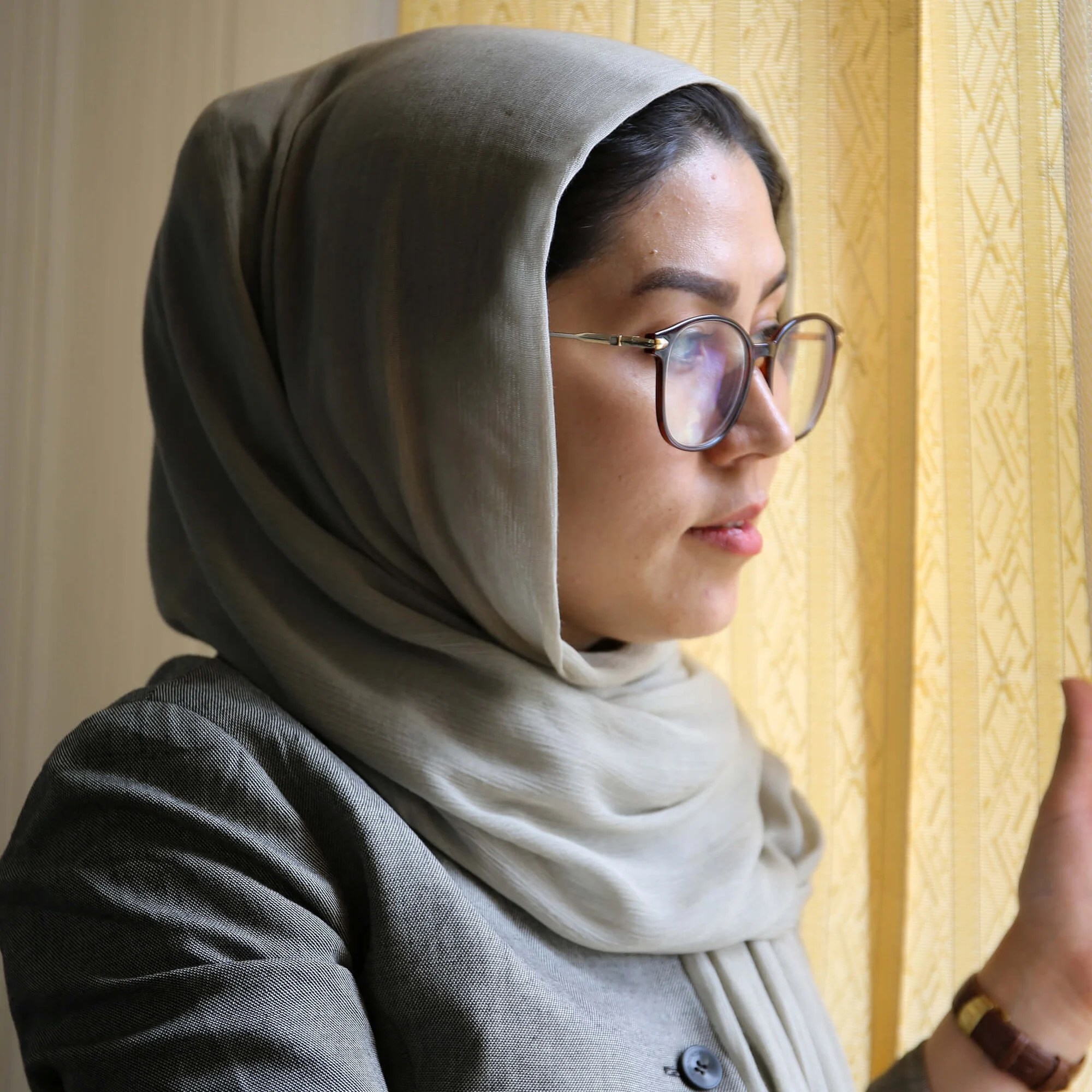
30-year-old Zahra Sadat Jafari is an engineer working in Kabul. She was born in Iran and moved to Afghanistan ten years ago to study electrical engineering at college for two years before spending four years specialising in civil engineering. She is now studying a Masters in urban design.
Zahra has worked on several projects in the country’s capital, most recently on the architectural plan for the renovation of the Dar-ol-Amaan Palace in Kabul, an ambitious project to reconstruct the former parliament of Afghanistan built in the 1920s but reduced to ruins in the Afghan civil war.
Thirty women joined the team. “A lot of Afghan men think that labour jobs need muscle, and women can’t handle heavy work, but I believe it’s important to have women on a team in any field.”
Refreshingly, the female staff on the team are paid the same as the men. “The head of the project treated people equally regardless of their gender because we are all working here as a team. He was so supportive and respectful to the female staff and took good care of us, and obviously he expected us to work like men, which I liked.”
“Most of the men who joined the project come from different provinces in Afghanistan and have a more conservative culture. This was the first time they have worked with female colleagues, which at the beginning was a challenge for them but, little by little, they adapted to the situation and we all got along very well,” says Zahra. “There was a shared pride that we were the ones to revive such an important building in history. We really were rebuilding history.”
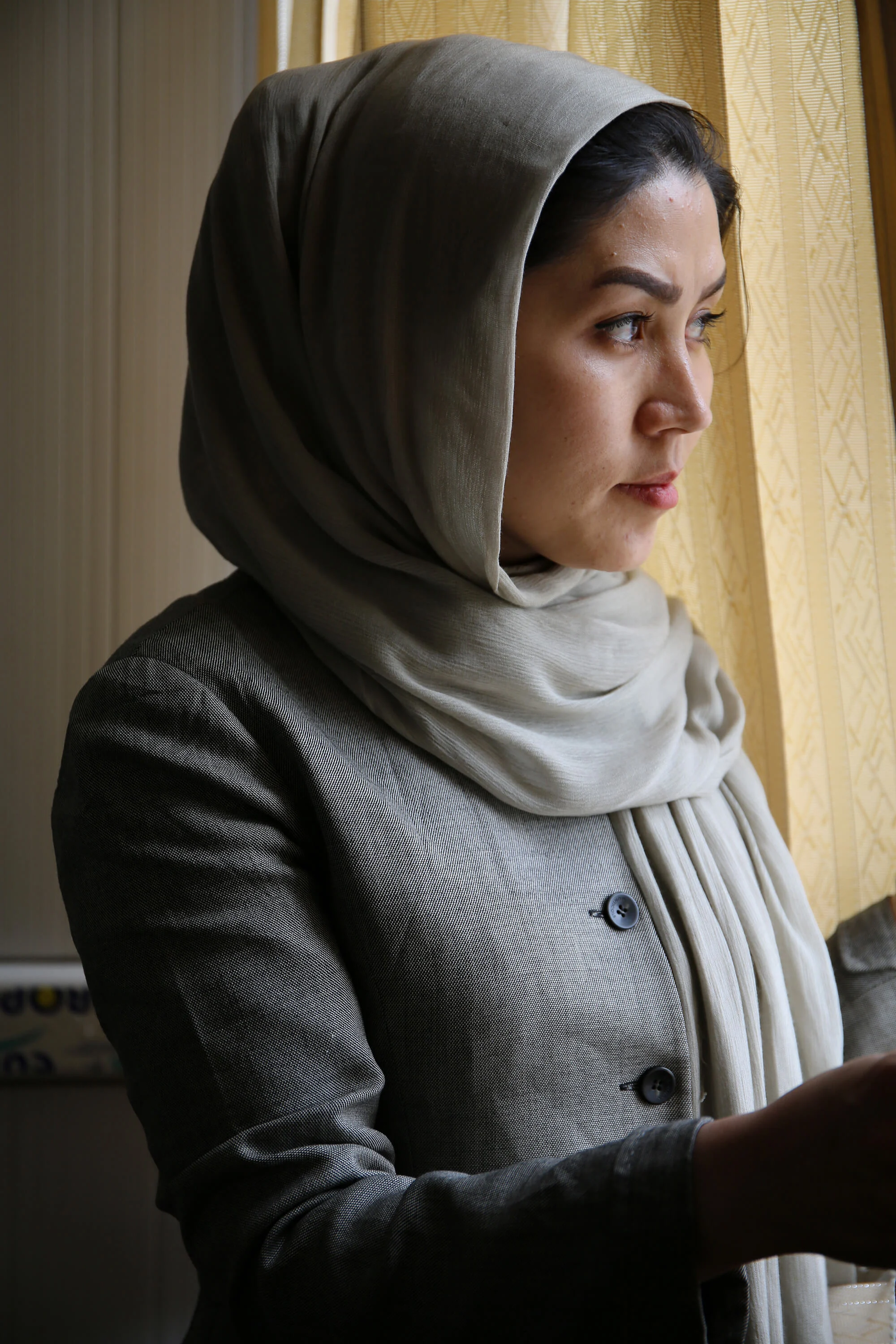
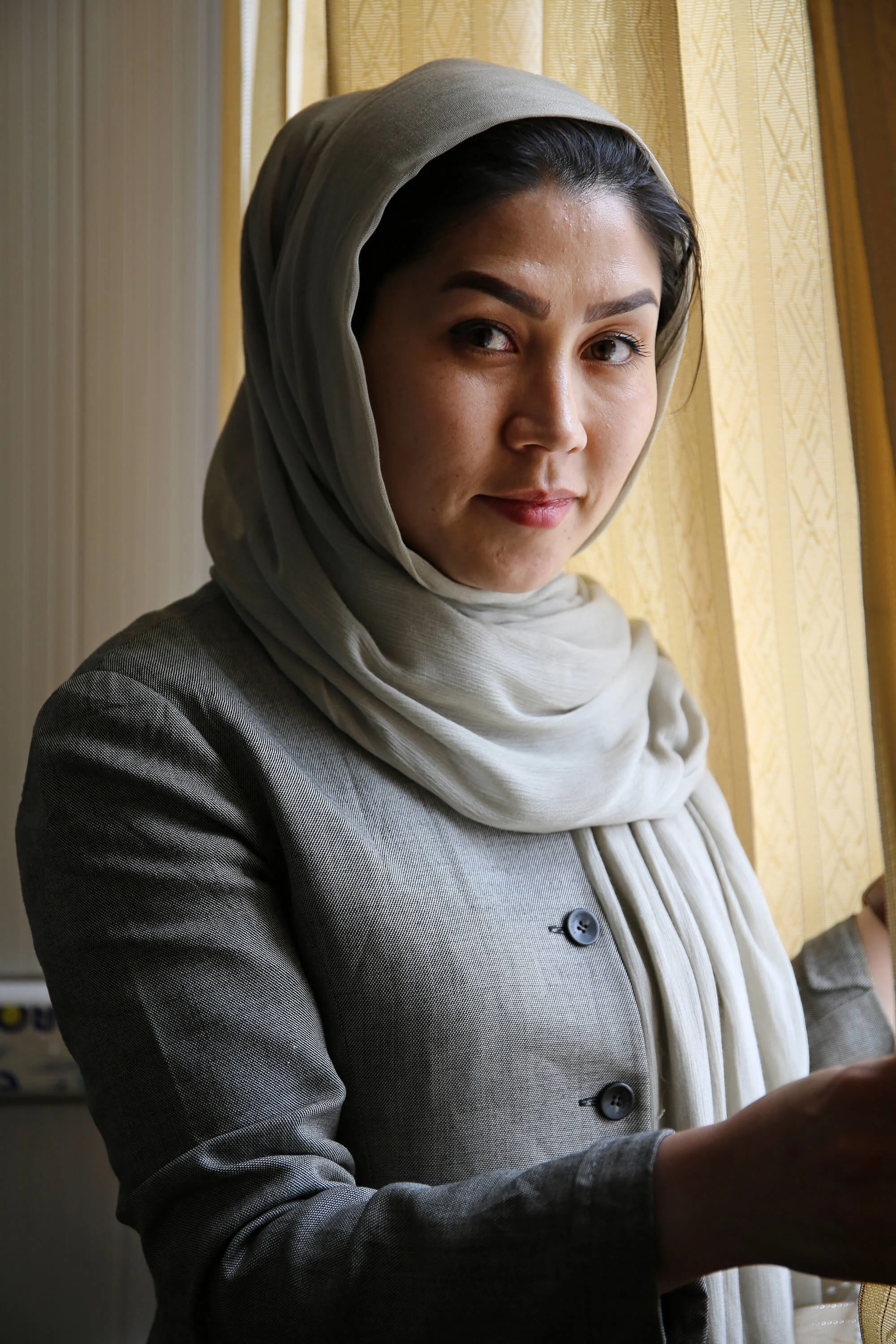
But Zahra stresses that in order to encourage the younger generation to get more involved with society and to make a change, in future women need to be more visible. Within her profession at least, she sees progress. Zahra estimates that in the last five years she has seen a rise of around 60 percent more women in engineering.
“The chairman of the ministry of urban development and the mayor announced that they want to recruit more women,” she says. Zahra agrees, though, that there is still a problem reaching women outside of the cities where security and safety is still a huge barrier.
Security is still an issue for Zahra too. Despite her encouraging experience working in Kabul’s engineering sector, internal travel with her job is near impossible. “If want to send me away to another place like Nangarhar - where Taliban are active and where they are more conservative - I’d refuse to go,” she says. “I won’t take such risks.”
Despite the problems Zahra is optimistic, claiming that roles for women are growing in Afghan society. “I remember how hard it was for a woman to work in the police department, for example, and how it was frowned upon,” she says. “Nowadays women are working in all different sections in the government. It doesn’t stretch to all women yet, but it has started.”
Moving forward Zahra has ambitions to study urban design. “I’d like to be a minister one day,” she says, “because I’m aware of my capabilities and what I can do in this field for my country.”
Nila Ahmadi
Taekwondo champion for Afghanistan
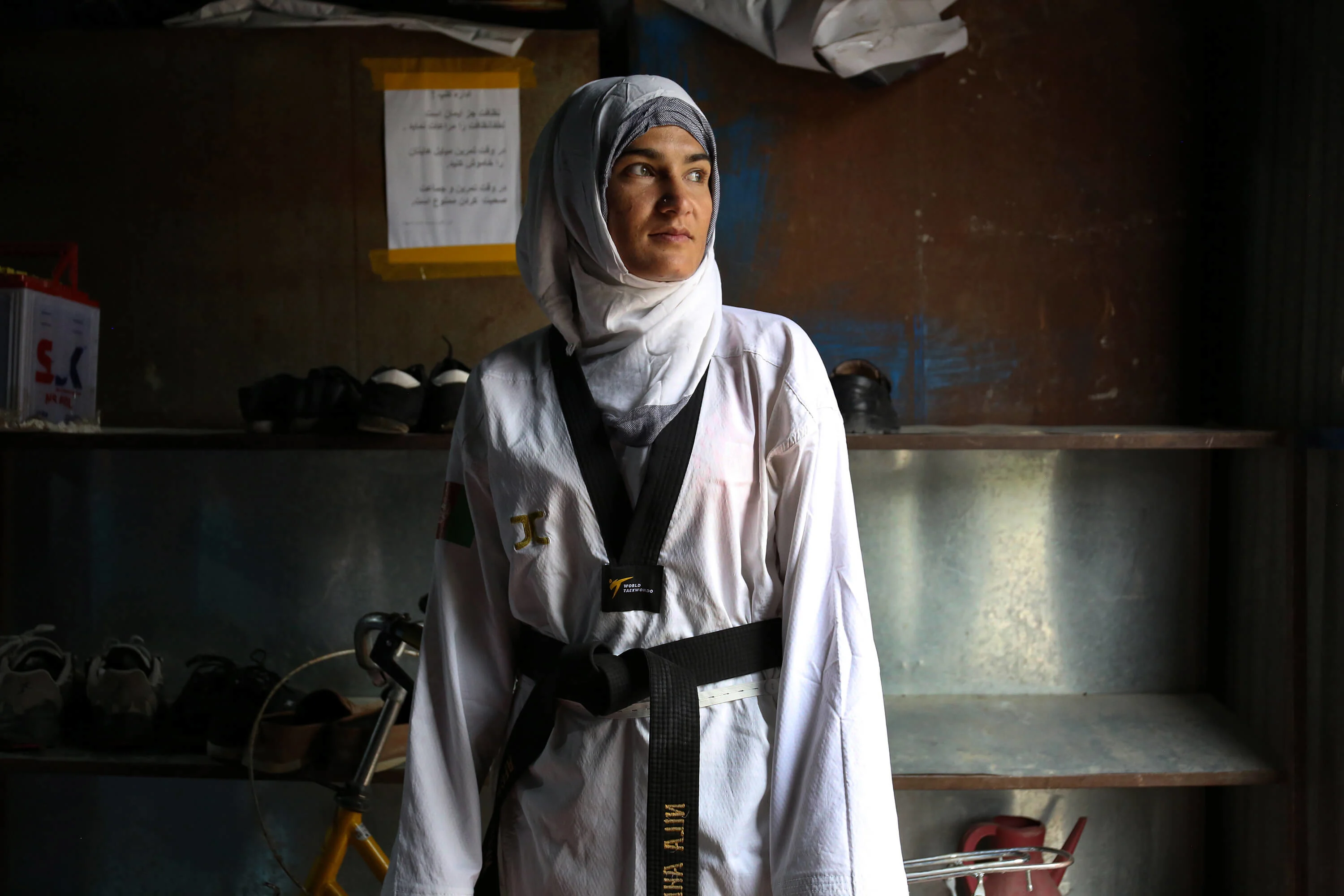
Nila Ahmadi started practicing Taekwondo in 2006 when she was ten years old. “It all started with art class,” the now 24-year-old muses. “My mother had given me the money to take the class after school.”
In the basement of the building where the class was held was a Taekwondo club. Nila would skip art and sneak downstairs to watch the Taekwondo. Noticing this, the trainer asked her if she would like to join.
“I joined but I didn’t tell my family what I was doing,” she says. “It was a secret for two months until I got selected for a match in Sri Lanka. I asked my sister to tell my parents and ask for permission for me to go, and at first my mother did not agree. She thought it was too dangerous for a girl to practice Taekwondo.”
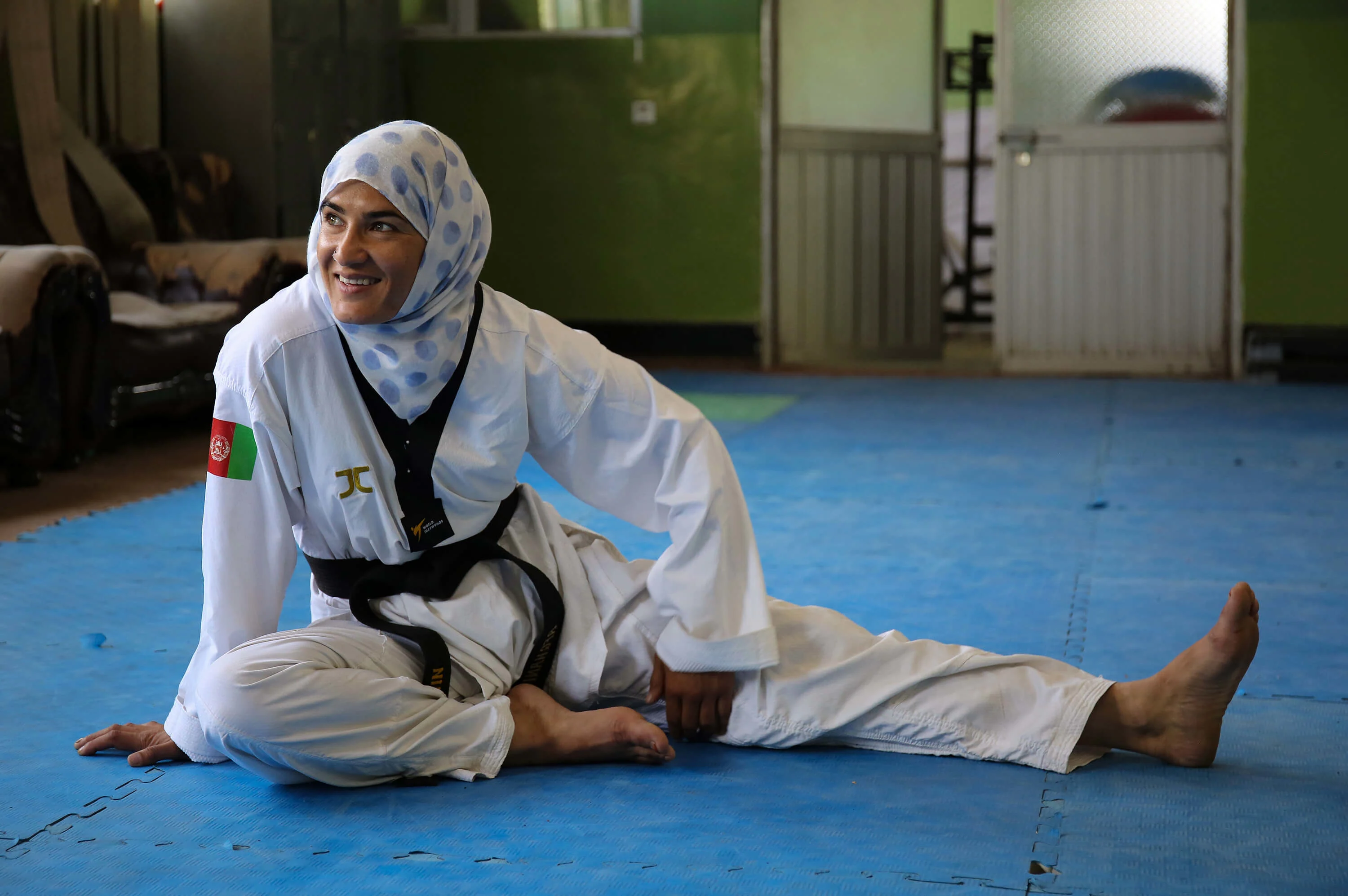
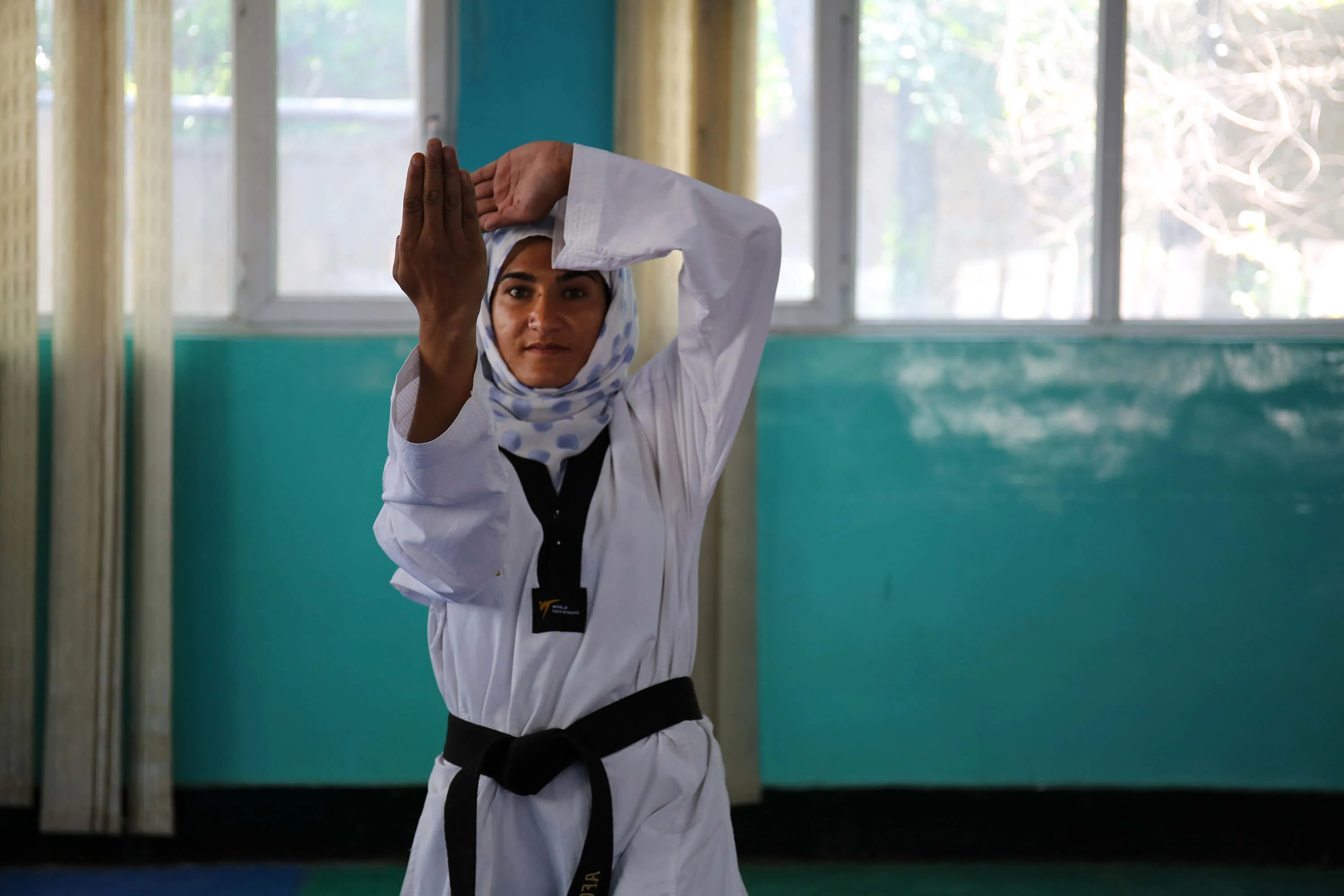
Nila begged her mother to visit her trainer who then explained how talented her daughter was, and how sport was good for her health. Her mother relented and since then, has been supportive. Her perseverance paid off; Nila won second place in Sri Lanka after only two months of training and subsequently went on to be selected for the Afghan Women’s Taekwondo National Team.
In the years since, Nila has travelled to India, China, Korea, Vietnam, Iran, Bangladesh, Azerbaijan and has returned to Afghanistan with six gold medals.
“In the beginning there were a lot of threats and no one in society accepted me. I was being trained by a man and was facing a lot of problems because of that,” she says.
Her male trainer, Nematollah Habibi, has been training the men’s and women’s national Taekwondo teams since 2013 but has also received backlash for working with women. “ We fought hard and the families of the girls have been really positive,” he says. “When the games come up, they let their daughters travel with me and this trust sends a message to others in society.”
“I hope more women join sports in Afghanistan,” adds Nila. “I want girls to see me winning medals in other countries. I can be a role model for women and slowly I hope people will understand that women can do the same as men.”
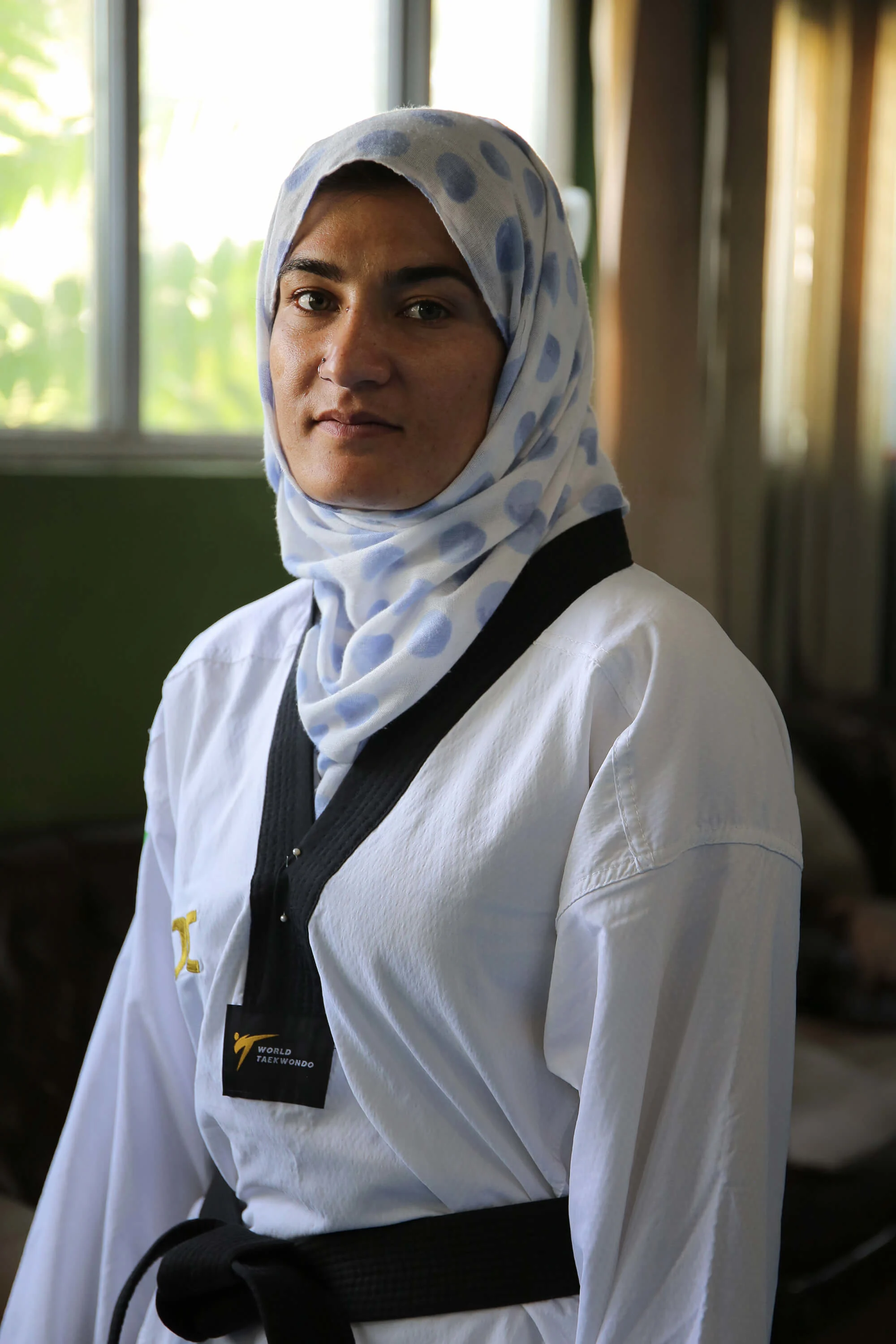
Founded in 2002, today there are 32 women in the Afghan women’s Taekwondo national team. Nila trains three hours a day, seven days a week, supported by male trainers. “Little boys come here to train with me too so I can also be a role model for them. They learn to respect women this way,” adds Nila, who now works alongside Nematollah offering free training to those who cannot afford the classes.
Nila has been to 27 competitions and won nine medals but her goal is still to win an Olympic medal. She is currently training hard for the 2020 Olympic Games. Without funding or sponsors, the team must pay their own way to attend the Games. Nila set up a website and Facebook account with hopes of finding sponsors, but after receiving daily threats she closed it.
“We have won first, second and third position medals even though we don’t have any support and still we see our country’s flag flying higher than others,” Nila says. “Our team also won the gold medal in the South Asia Olympics,” she proudly adds. “There were so many times that I wanted to quit but I remember how hard my trainer had worked encouraging me to continue. When I am disappointed or harassed, I remember how I can encourage others. They will be inspired by me to reach for gold.”
Maryam Sama
Politician

Former presenter for Afghan news network, Tolo TV, 27-year-old Maryam Sama is now one of the youngest members of Parliament in Afghanistan.
Originally from the city of Herat, Maryam fled Afghanistan to live in Iran, returning after the overthrow of the Taliban regime. She has now been in Kabul for four years. Maryam ran in the 2018 parliamentary elections and successfully secured a seat as an MP, although she hasn’t been provided with an office yet.
“There has been a lot of scandal and corruption in parliament in the past which left the public outraged and without much hope in government,” she says. “This is what encouraged me to participate in the elections, I thought I had the potential and ability to do something for my people to change this.”
“The way I ran my campaign was quite different,” she says. “I am a woman, I am young, and I am not related to any specific party nor did I have any financial support to spend on advertising or buying votes.”
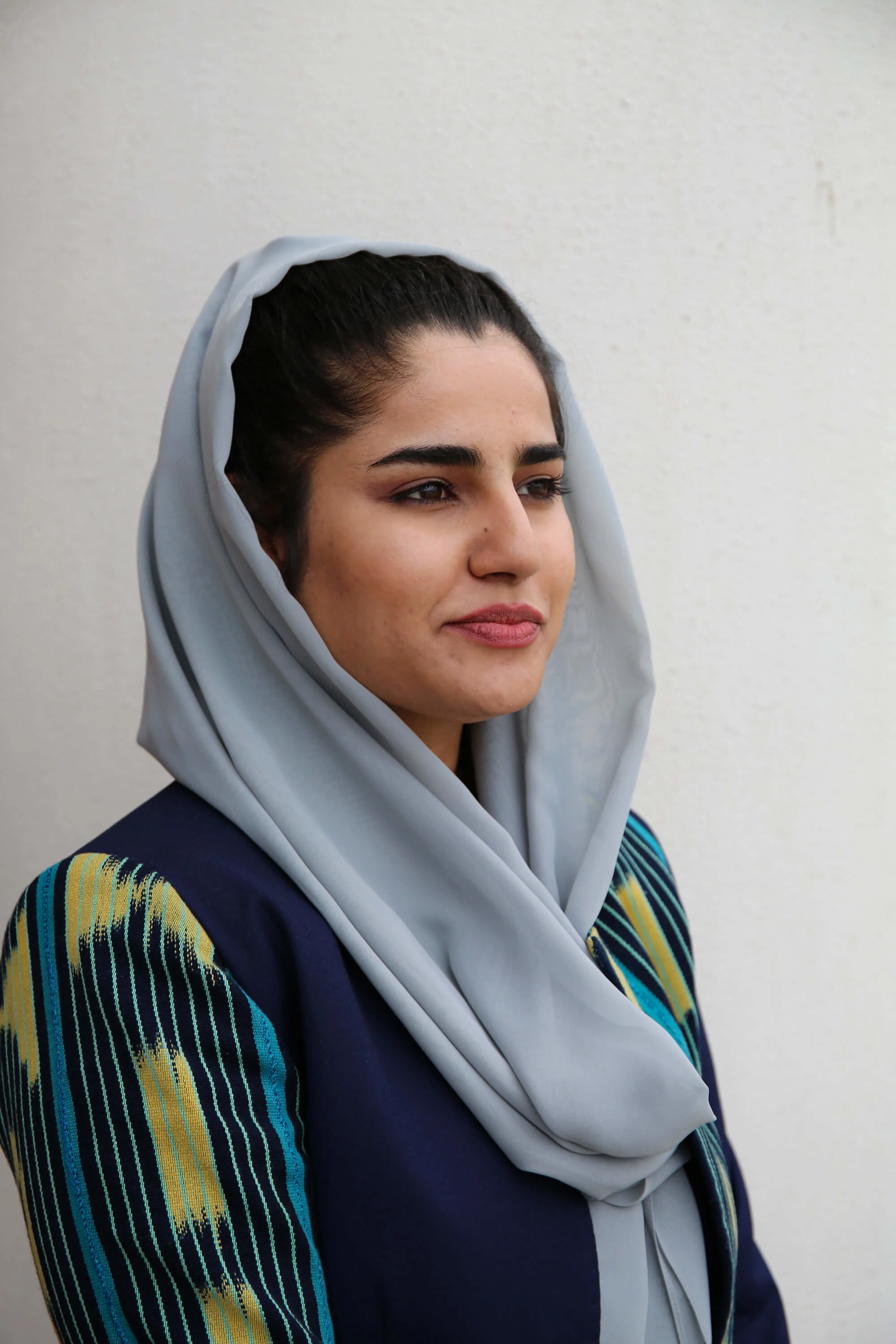
Instead, Maryam’s grassroots approach worked and people appreciated her ability to connect with locals. “I walked through the neighbourhoods in Kabul. I went to bazaars and markets to talk to people in person and to convince them of the importance of voting. People were eager to listen. They were determined to not lose democracy.”
“Many people voted on election day because they wanted to back any option that might provide them with an opportunity to progress as a country,” she says, “and today, 67 percent of the candidates in parliament are new.”
There is an old belief in Afghanistan that has rung true for years that women are the “second sex”. There is a mentality too that women are not decision makers, and this is especially true in terms of politics. Many women are still forced to abide by the man in their family. He decides whether they can vote and who for.
Maryam is on a crusade to get to the root of the problem. “If we want to solve this issue fundamentally we have to start with the current sexist approach in the education system,” she says. “When young people enter university, they sit with the opposite sex in the classroom for the first time and this feels a little weird for them, so I think it would be beneficial for the school system to start integrating girls and boys in school from a young age.”
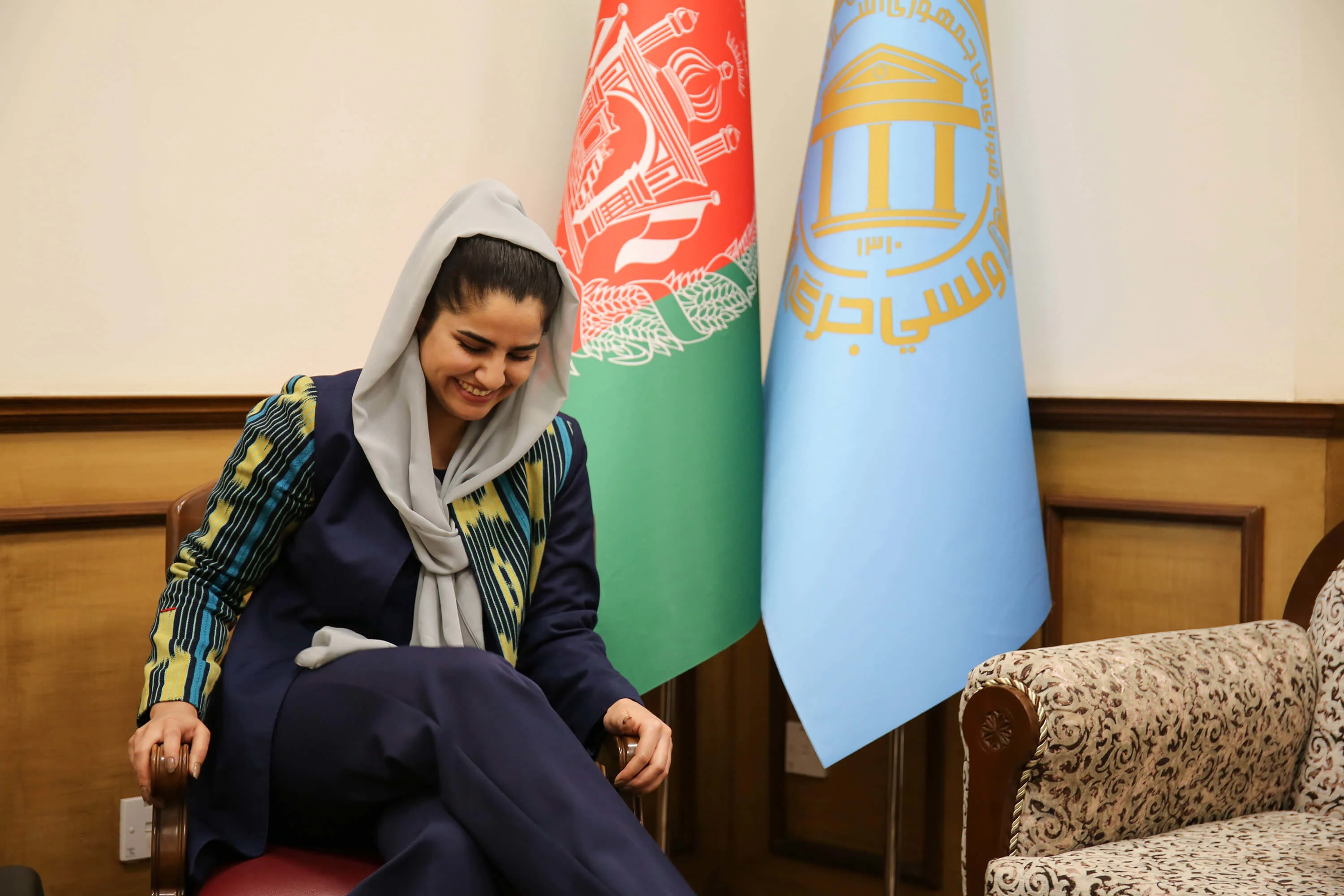
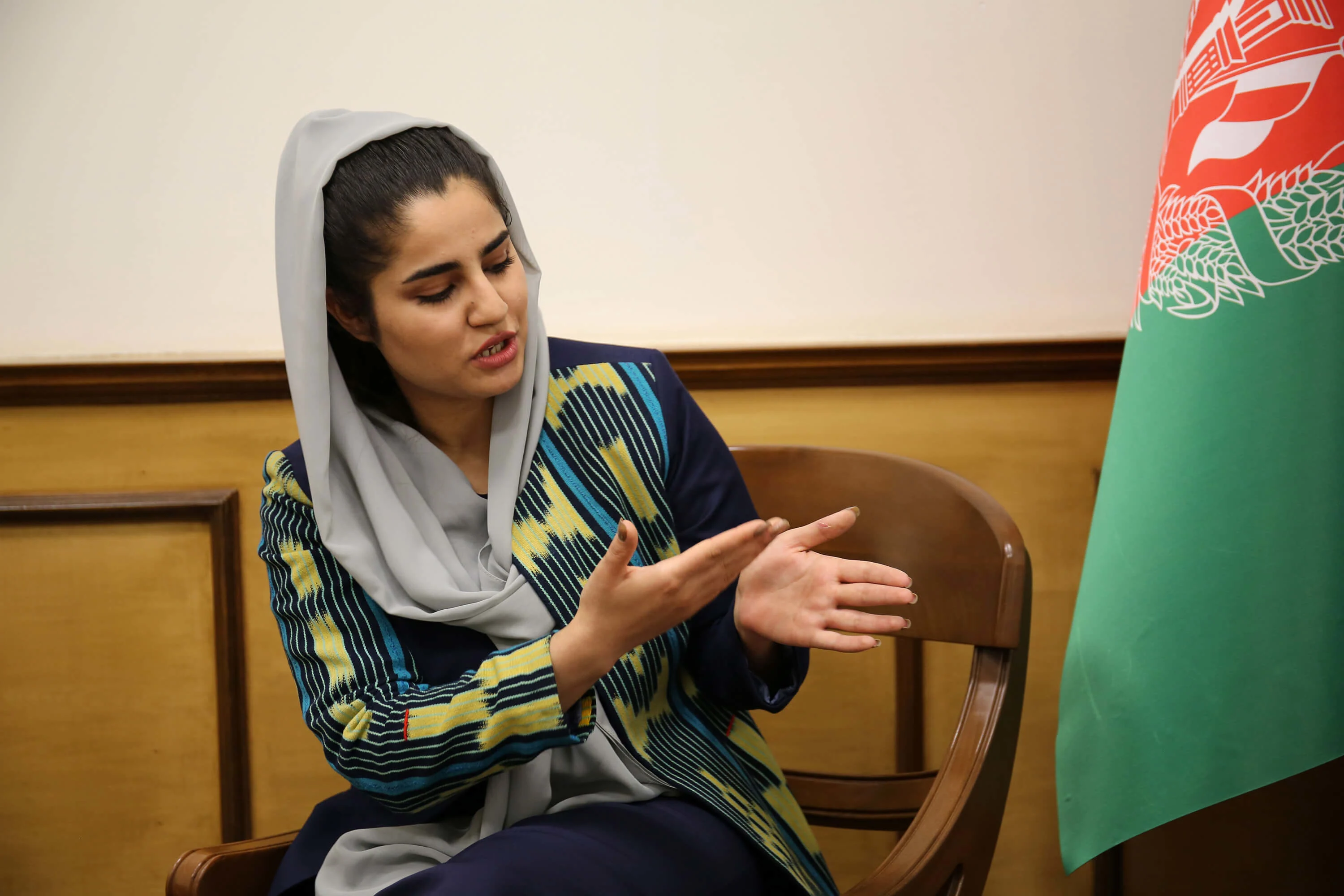
“I have responsibilities as a female politician,” she says. “I need to encourage women to trust politicians again and convince them to make decisions for their own gain. And in order to regain trust among women we should identify our common problems,” she says.
“Right now, we don’t have the numbers regarding women. We don’t know how many women are being beaten, how many women are being killed, or even how many women are born. We need to collect all this data so we know what we have to do for these women.”
Like the other women I meet Maryam stresses the importance of men supporting women too. “We shouldn’t underestimate men’s role and influence in gender equality,” she says, “but unfortunately there are still not enough men who really believe in it.”
Though it can be difficult, Maryam believes that women can help to change this narrative. “A lot of men tell me, you are the woman, if you want something, demand it and then I, as a man, will stand by your side. I think they are actually right.”
“We want to see an image of women in power with men standing by their side. If we want to build a healthy society, we have to include both genders in it and they have to be rewarded equally.”
Human Rights Watch named Afghanistan the “most discriminatory and unequal” country in the world for women. Yet, of the 2,565 candidates who ran for parliament in 2018, a historic 417 are women. According to data by The World Bank, the number of seats in parliament held by women rose from 4 percent in 1990 to 28 percent in 2017.
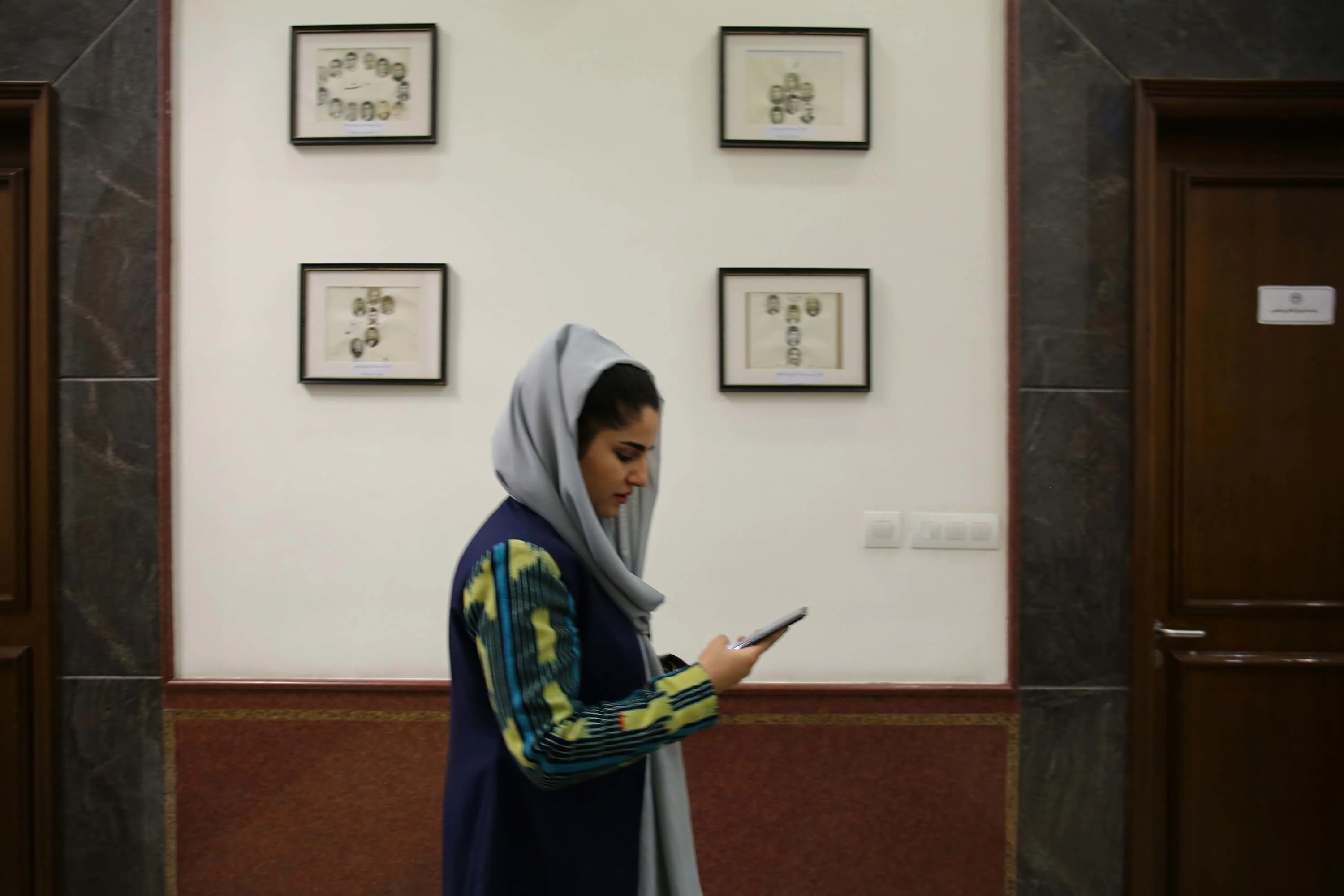
Looking forward Maryam wants to create a committee for rule of law for women, a promise she made to people during her campaign.
“I think we need to organize a private legal committee where we can focus on women’s issues. One example is child custody. Imagine giving birth to a child and raising them, but after divorce, for example, the child belongs to the man and is taken away from the mother. These issues that should be categorized as violence against women and that private committee should work on them,” she says.
Fearing that a Taliban-like fundamentalist government may return, many women in Afghanistan are determined to vote in the 2019 elections to defend their hard-earned rights that have been gained since the fall of the regime in 2001. Women now occupy 27 per cent of Civil Service posts, and dozens of them hold senior positions in the government as ministers or ambassadors.
“We must recognize that we have had some achievements,” Maryam says. “A woman working as a journalist or a minister today is truly a positive thing to see. But our struggle for equality is not going to end here, we will have to continue working for many years.”